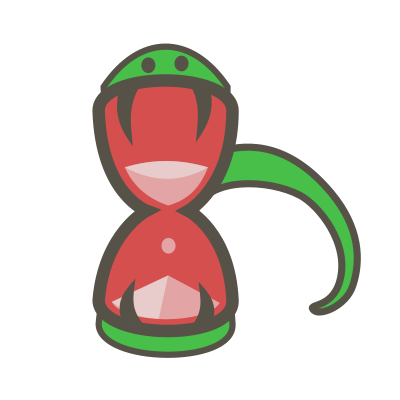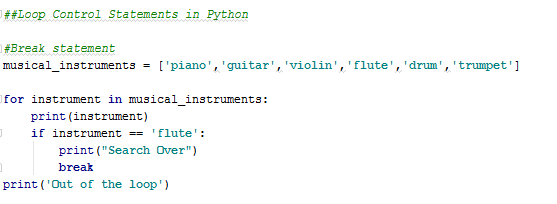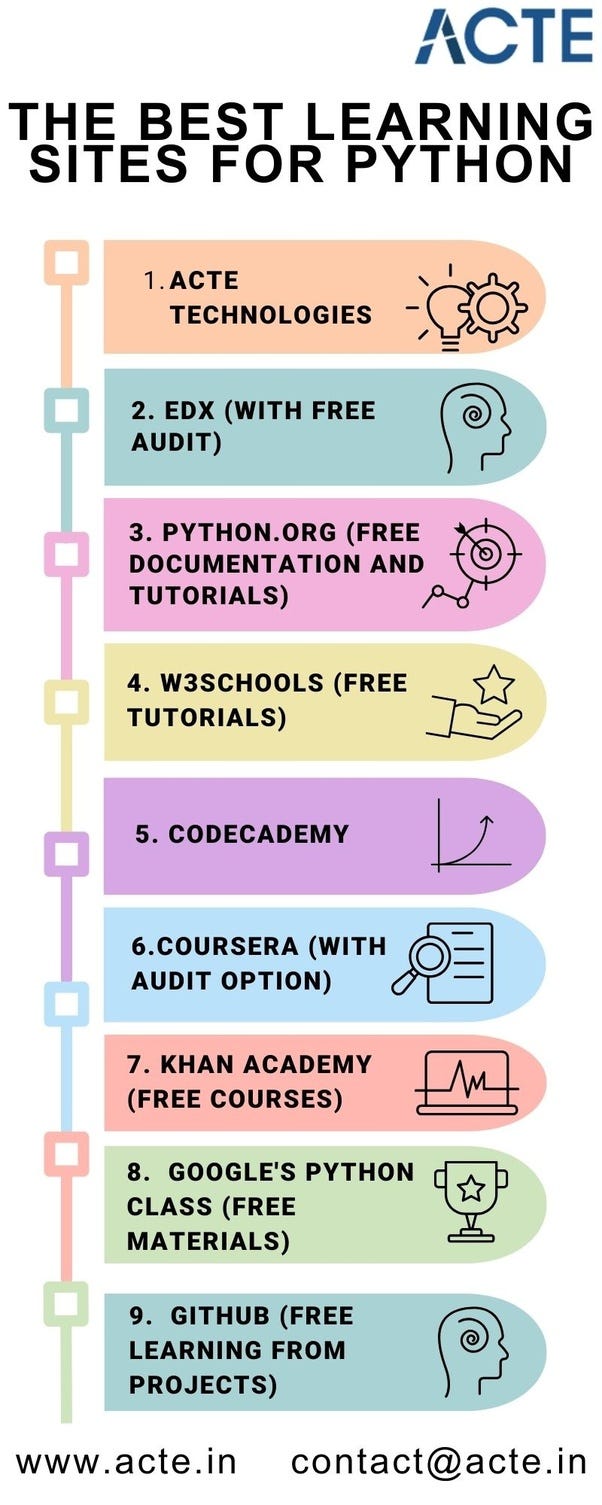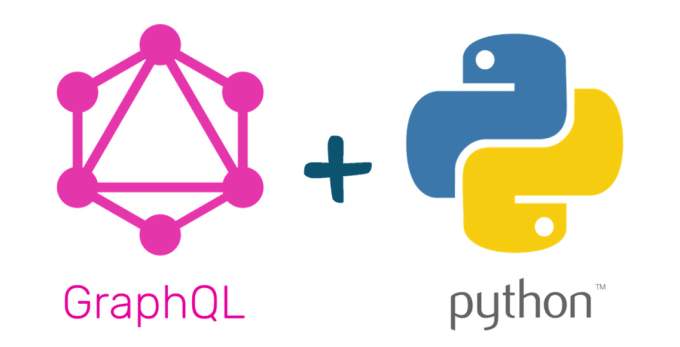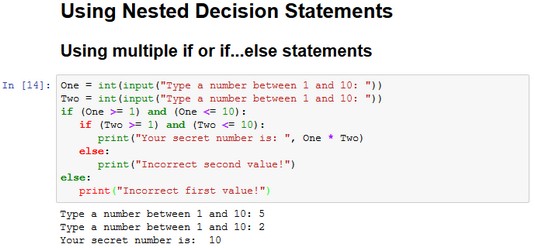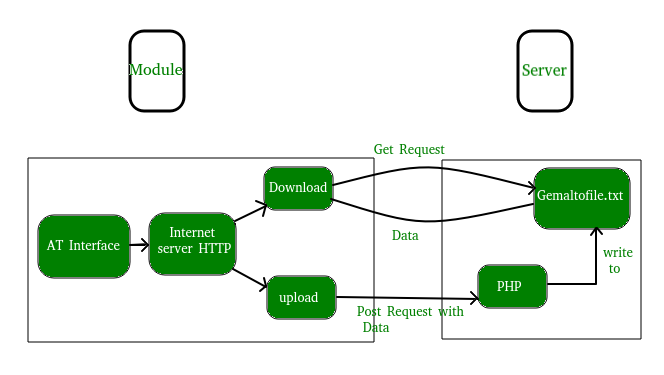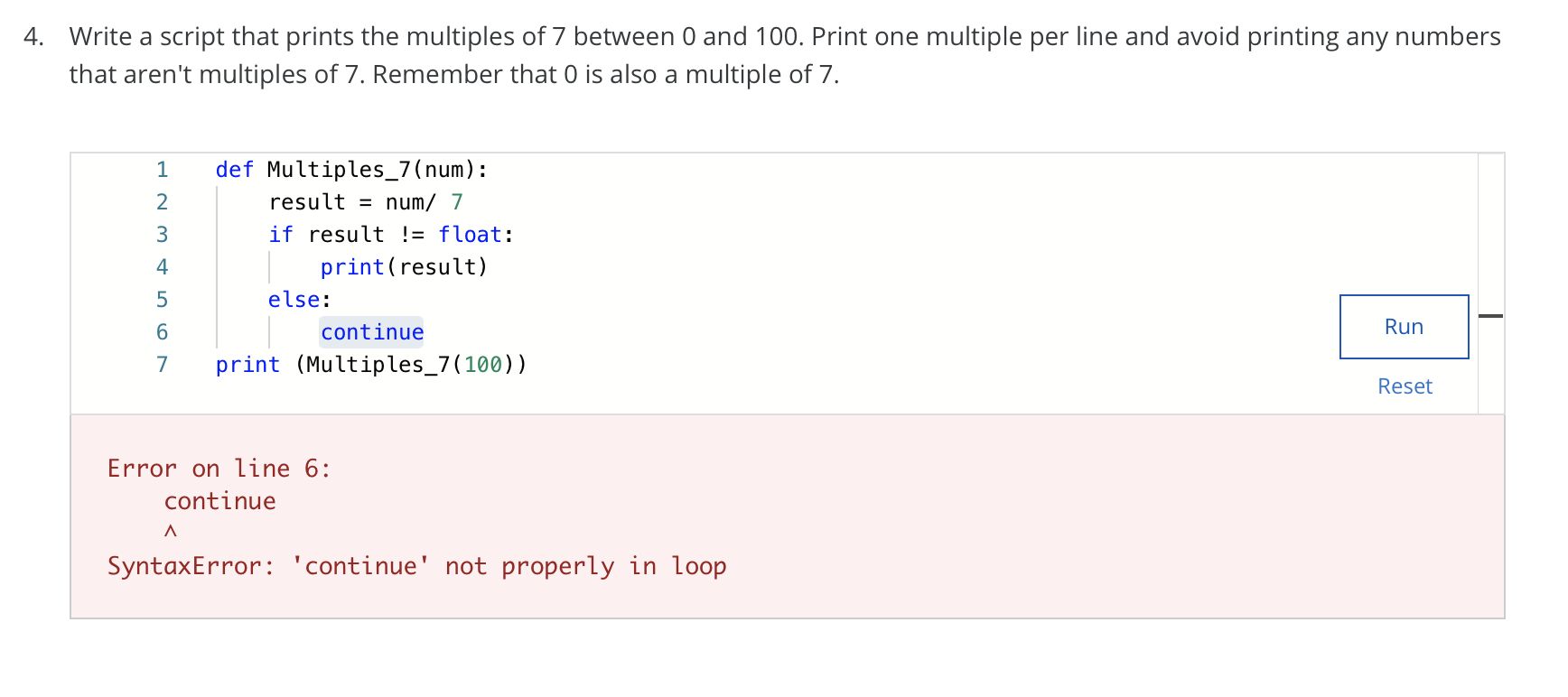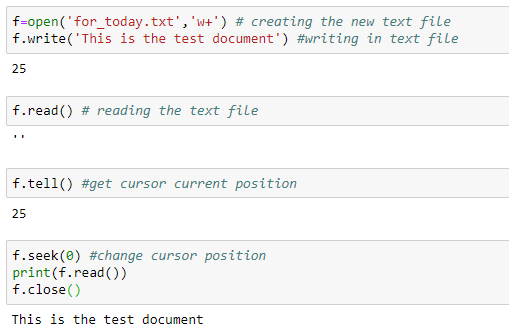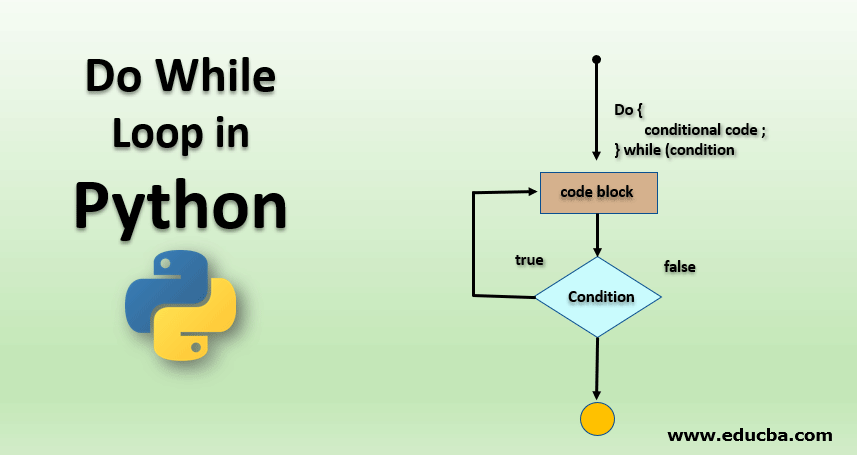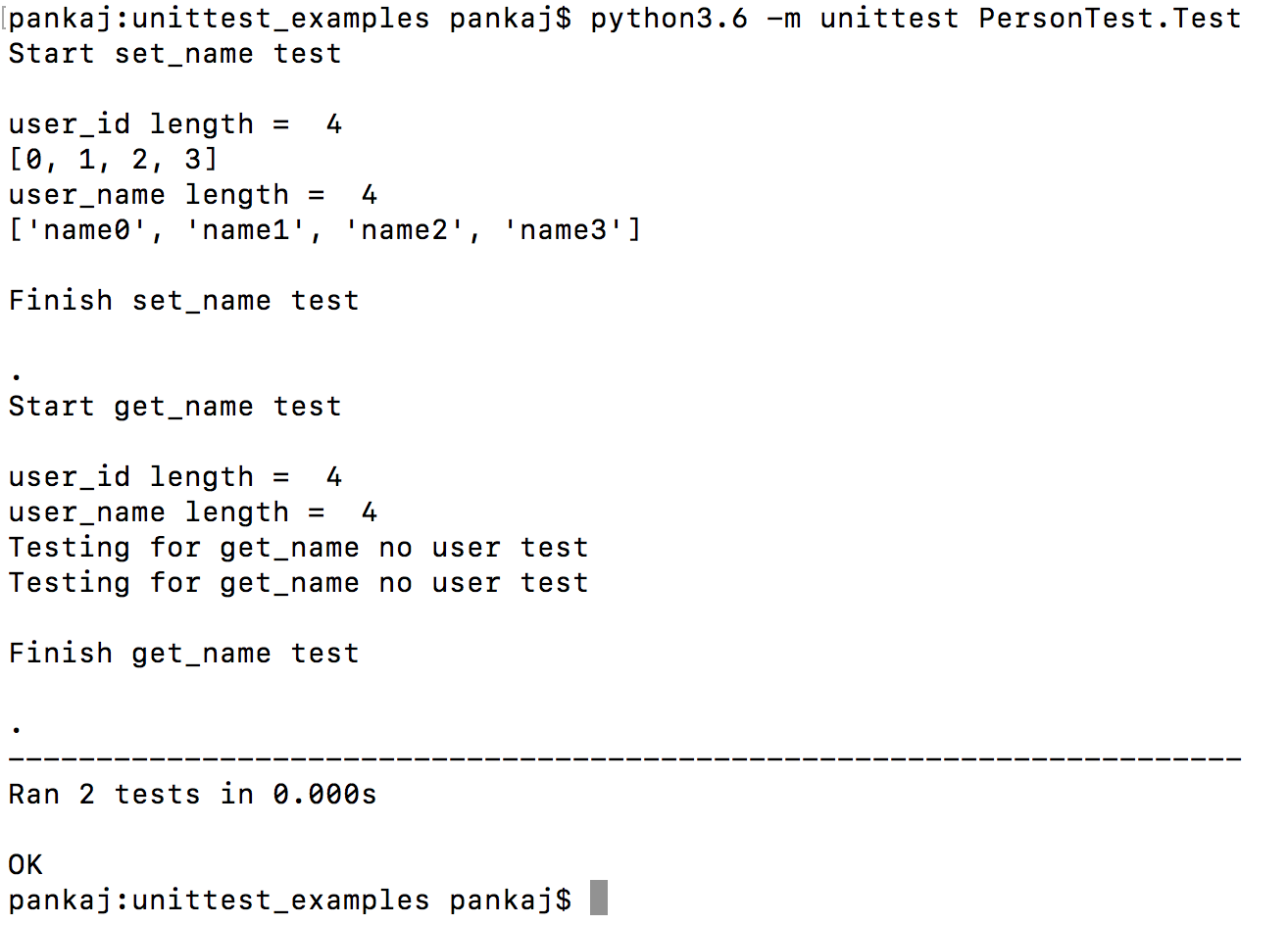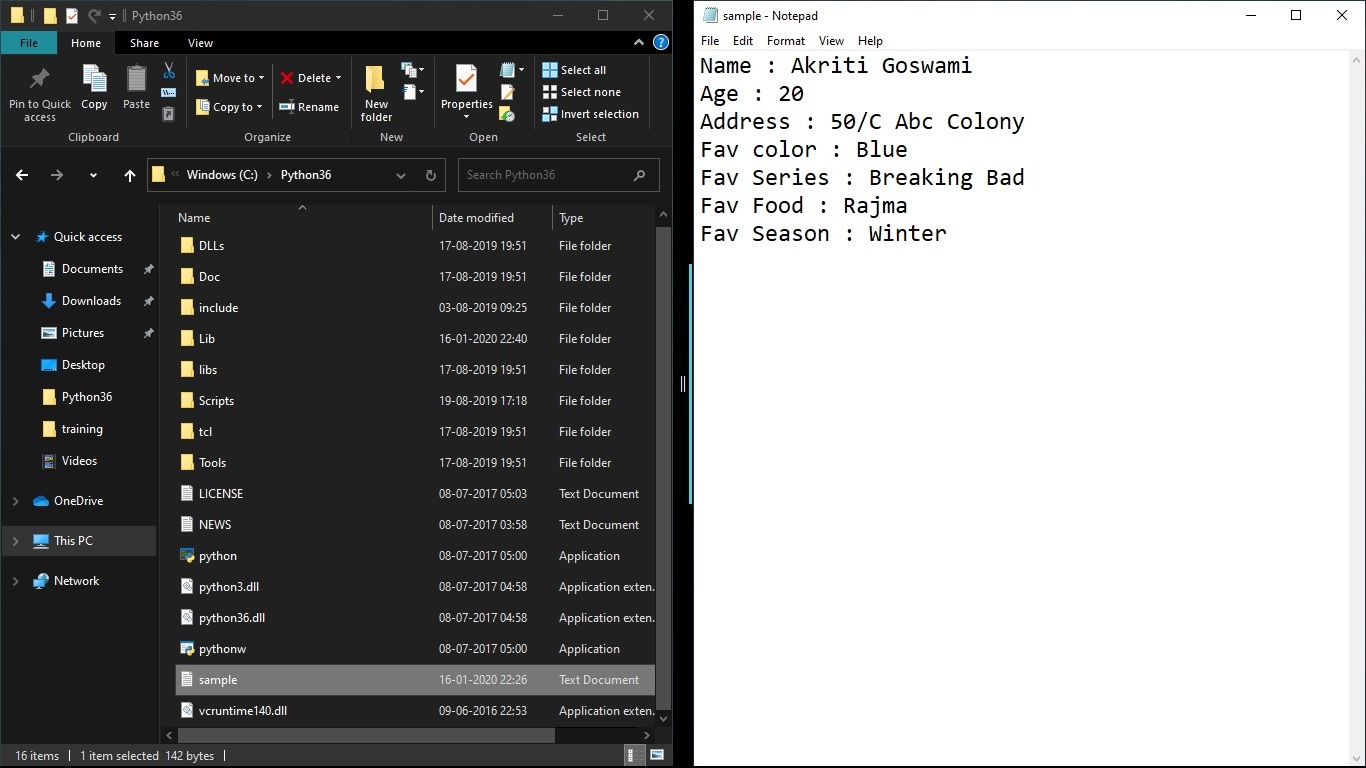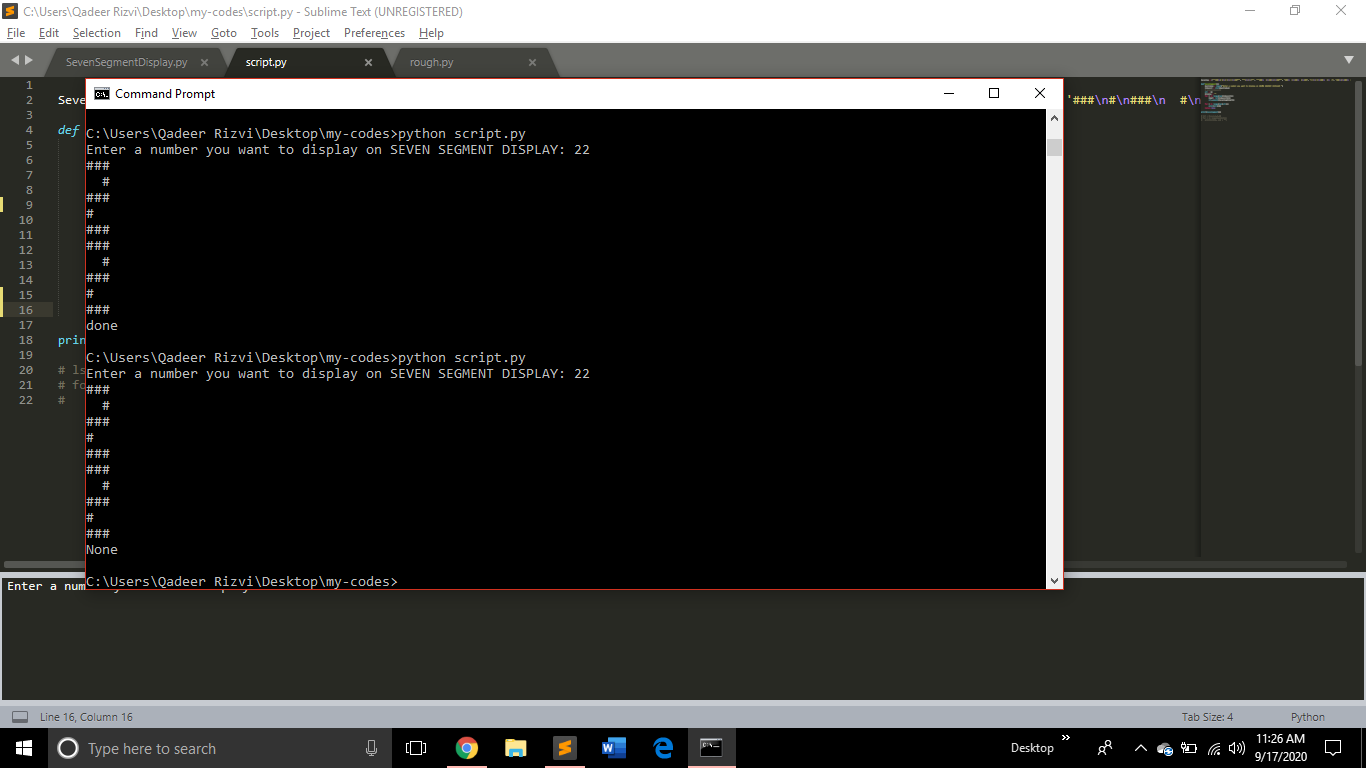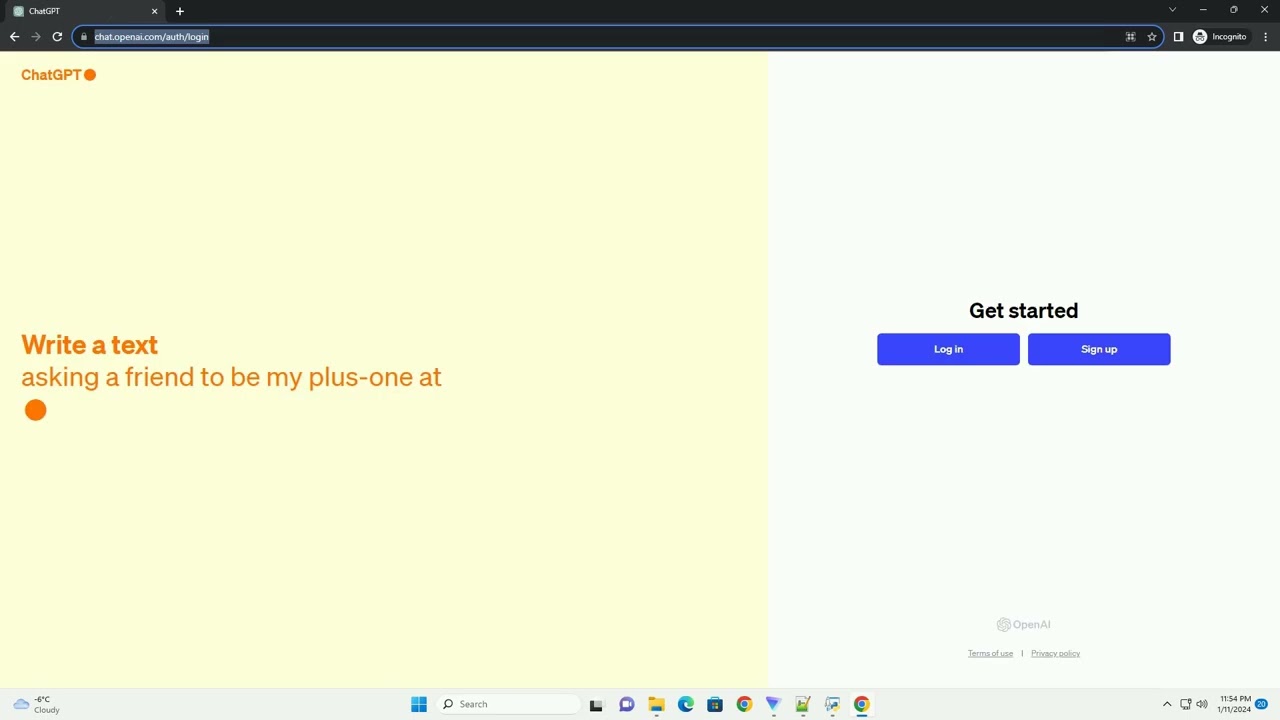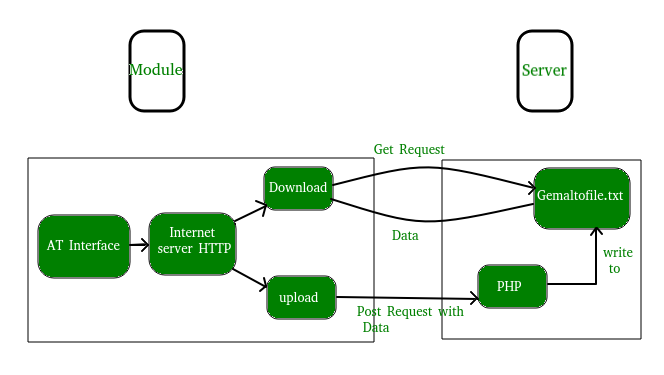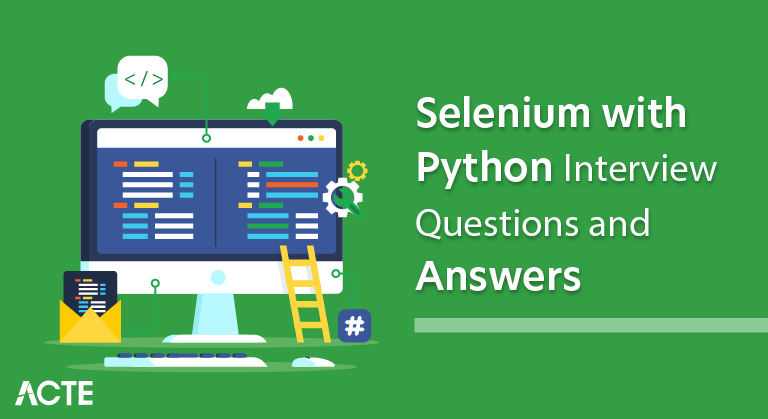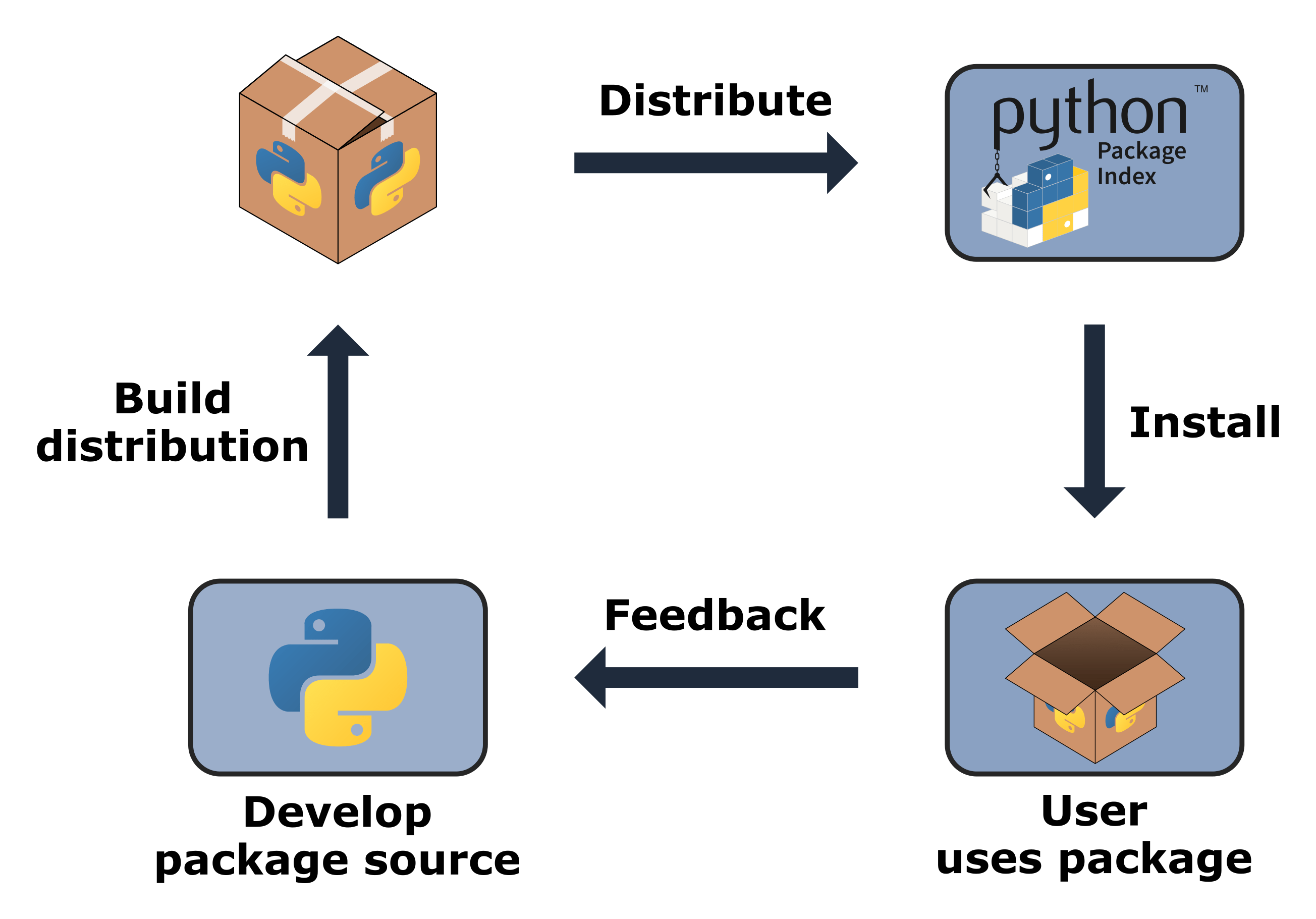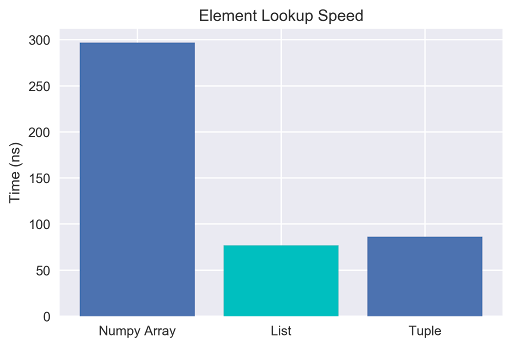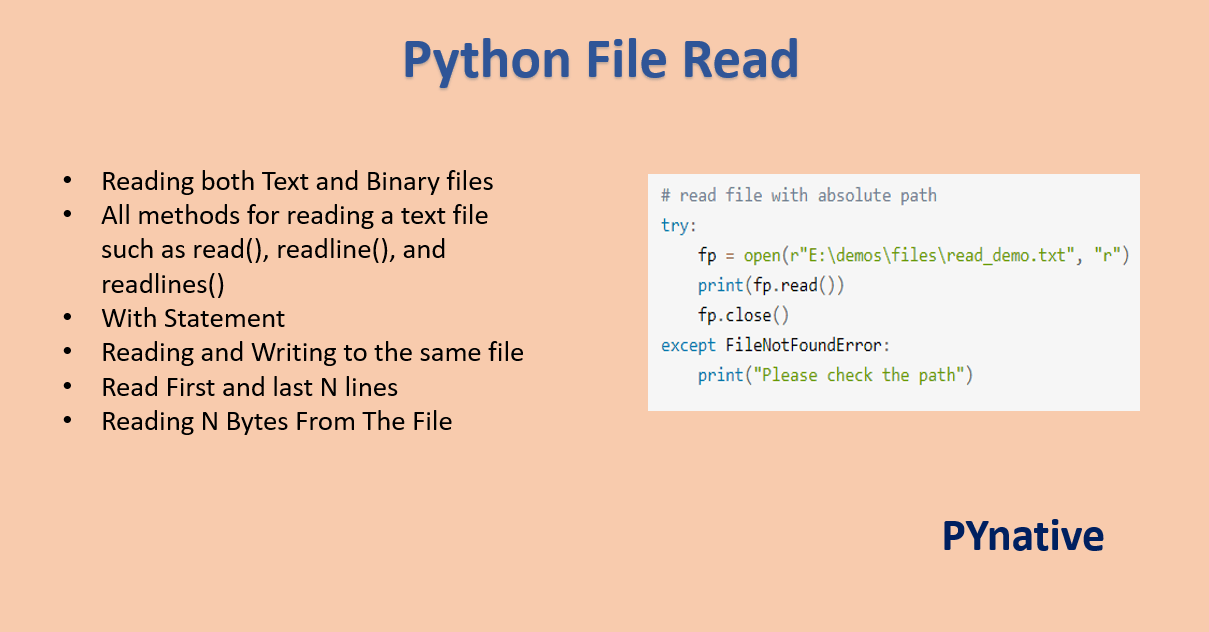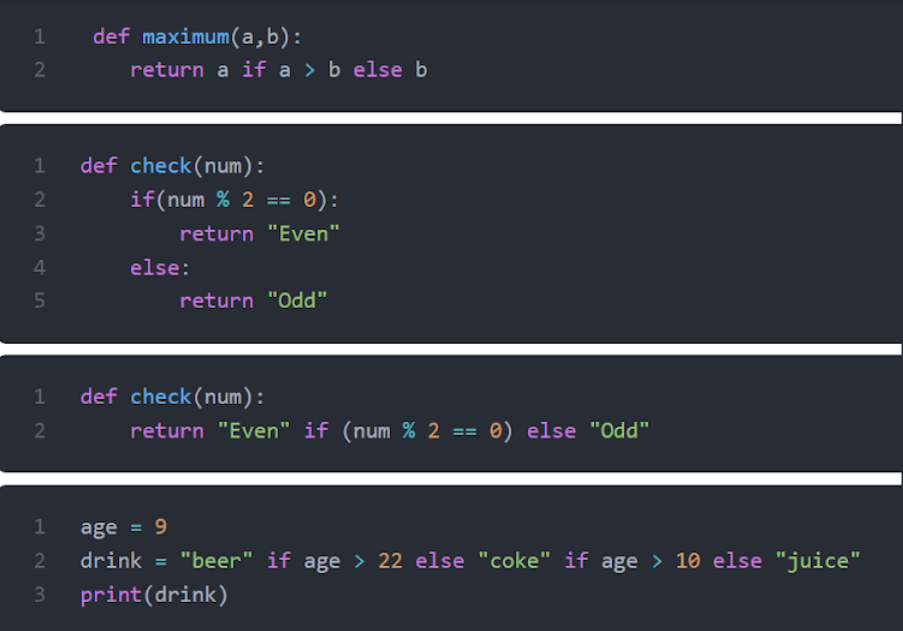What are object methods in Python?
What are object methods in Python?
Object-oriented programming (OOP) is a fundamental concept in software development that revolves around the idea of creating objects that have properties and behaviors. In the context of Python, object methods play a crucial role in defining an object's behavior.
In Python, an object method is a function that is bound to an instance of a class. It is essentially a way to define actions or behaviors that can be performed on an object. Object methods are also known as instance methods because they operate on a specific instance of the class rather than the class itself.
To better understand how object methods work, let's consider an example. Suppose you're building a game where players have different skills and abilities. You can create a Player class with properties like name, score, and level, and then define methods that allow the player to perform actions like attacking, defending, or healing.
Here is some sample code:
class Player:
def init(self, name):
self.name = name
self.score = 0
def attack(self, opponent):
print(f"{self.name} attacks {opponent}")
def defend(self):
print(f"{self.name} defends")
player1 = Player("John")
player2 = Player("Jane")
player1.attack(player2) # Output: John attacks Jane
player2.defend() # Output: Jane defends
In this example, the Player class has two object methods: attack() and defend(). These methods can be called on instances of the Player class, such as player1 or player2, to perform specific actions. The methods operate on the instance's properties (like name and score) and allow you to create more complex behaviors by chaining method calls.
Here are some key characteristics of object methods in Python:
Binding: Object methods are bound to an instance of a class, meaning they can access and modify the instance's attributes. Encapsulation: Object methods can encapsulate behavior specific to that instance, keeping it separate from other parts of the program. Inheritance: Object methods can be inherited by subclasses, allowing for code reuse and more complex behaviors.Object methods are an essential part of object-oriented programming in Python. By defining actions and behaviors on objects, you can create robust, reusable code that is easy to understand and maintain.
Some benefits of using object methods include:
Modularity: Object methods allow you to break down a program into smaller, more manageable pieces. Reusability: You can reuse object methods across multiple instances of the same class or even in other classes. Flexibility: Object methods can be easily modified or extended as needed.Overall, object methods are an powerful tool for building robust and maintainable code in Python. By understanding how to define and use object methods effectively, you can create more complex and interesting programs that take advantage of the strengths of OOP.
What types in Python are objects?
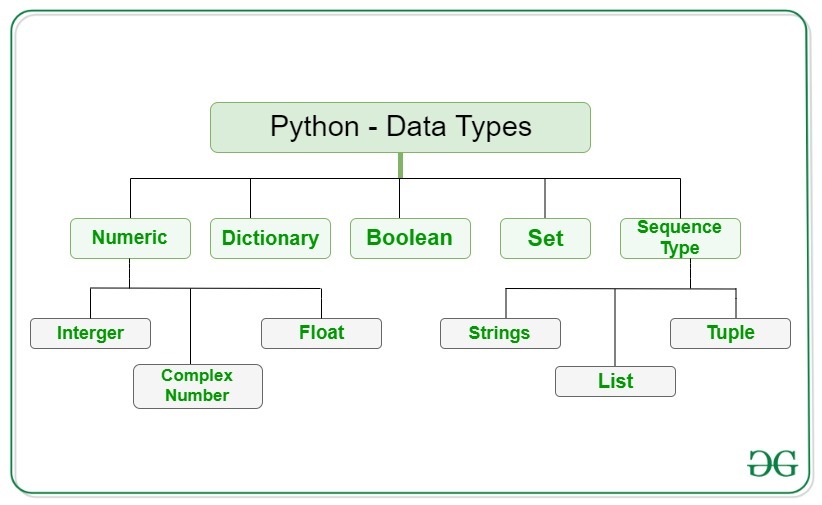
I apologize for the earlier misunderstanding!
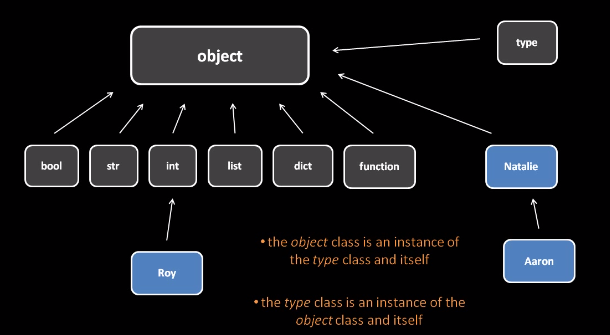
In Python, almost everything is an object! In other programming languages, you might see terms like "primitive," "native," or "built-in" data types that don't inherit from a common base class. However, in Python, even these fundamental data types are objects that can be manipulated and interacted with using the language's rich set of built-ins and libraries.
In Python, there are several categories of object types:
Built-in types: These include basic types likeint, float, str, list, dict, set, tuple, and bool. These types are defined by the Python language itself and are always available in every Python program. They're often referred to as "native" or "built-in" because they're an integral part of the language. User-defined types: These include classes, which can be used to create complex data structures or abstract representations of real-world concepts. Classes are essentially blueprints for creating objects that share common attributes and behaviors. Specialized types: Some Python libraries provide their own custom object types, often referred to as "specialized" or "domain-specific." These might include things like numpy arrays, pandas DataFrames, or specialized data structures from scientific computing.
In Python, objects have certain properties that are essential to understanding how the language works:
Identity: Every object has a unique identity, which is its memory address. Value: Each object has an associated value, which can be a simple primitive (like an integer) or a complex structure (like a list). Attributes: Objects can have attributes, which are named values that describe the object's characteristics. Attributes can be accessed and modified using dot notation. Methods: Objects can also have methods, which are executable blocks of code that perform specific actions. Methods can operate on an object's attributes or other objects.Some key benefits of Python's object-oriented programming (OOP) approach include:
Encapsulation: Objects hide their internal implementation details and expose only the necessary information through carefully designed interfaces. Abstraction: By focusing on an object's interface rather than its internal workings, you can write code that's independent of implementation-specific details. Inheritance: Python's class-based OOP allows for hierarchical relationships between classes, enabling code reuse and modular design.To illustrate the power of Python's object-oriented programming, consider a simple example:
class Car:
def init(self, color, wheels):
self.color = color
self.wheels = wheels
def honk(self):
print("Honking horn!")
my_car = Car("red", 4)
print(my_car.color) # Output: "red"
my_car.honk() # Output: "Honking horn!"
In this example, we define a Car class with attributes (color and wheels) and a method (honk). We then create an instance of the Car class called my_car, which has its own set of attribute values. By calling the honk method on our object, we can execute the code associated with that method.
This is just a small taste of Python's object-oriented programming capabilities. With practice and exploration, you'll discover more about how objects fit into your overall programming workflow and learn to harness their power for efficient, effective, and elegant coding!

